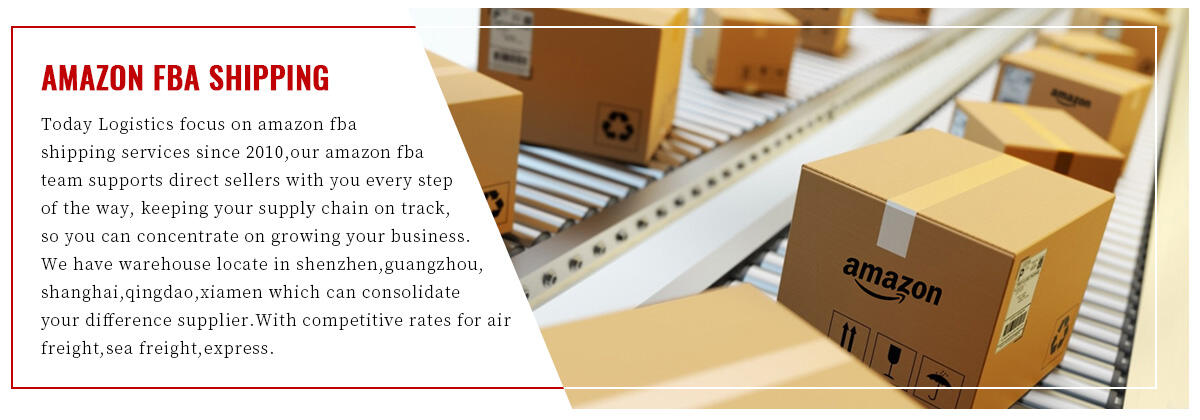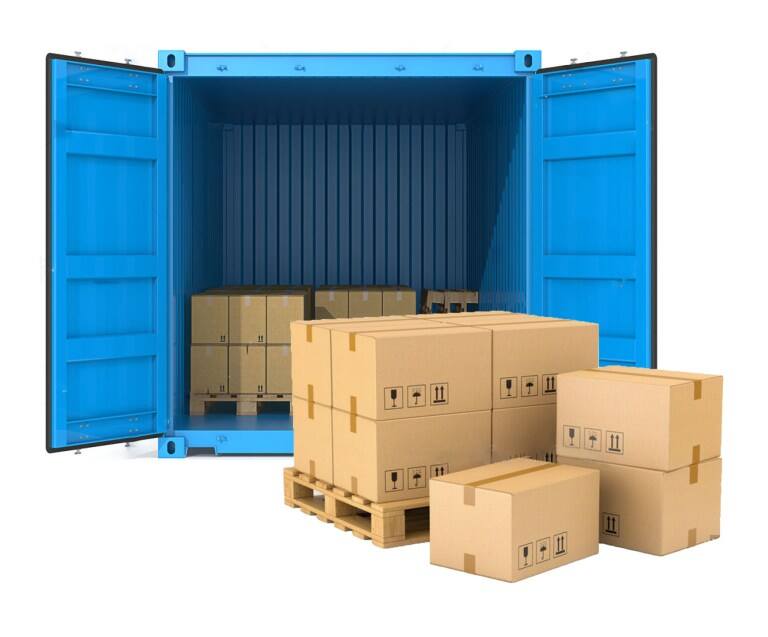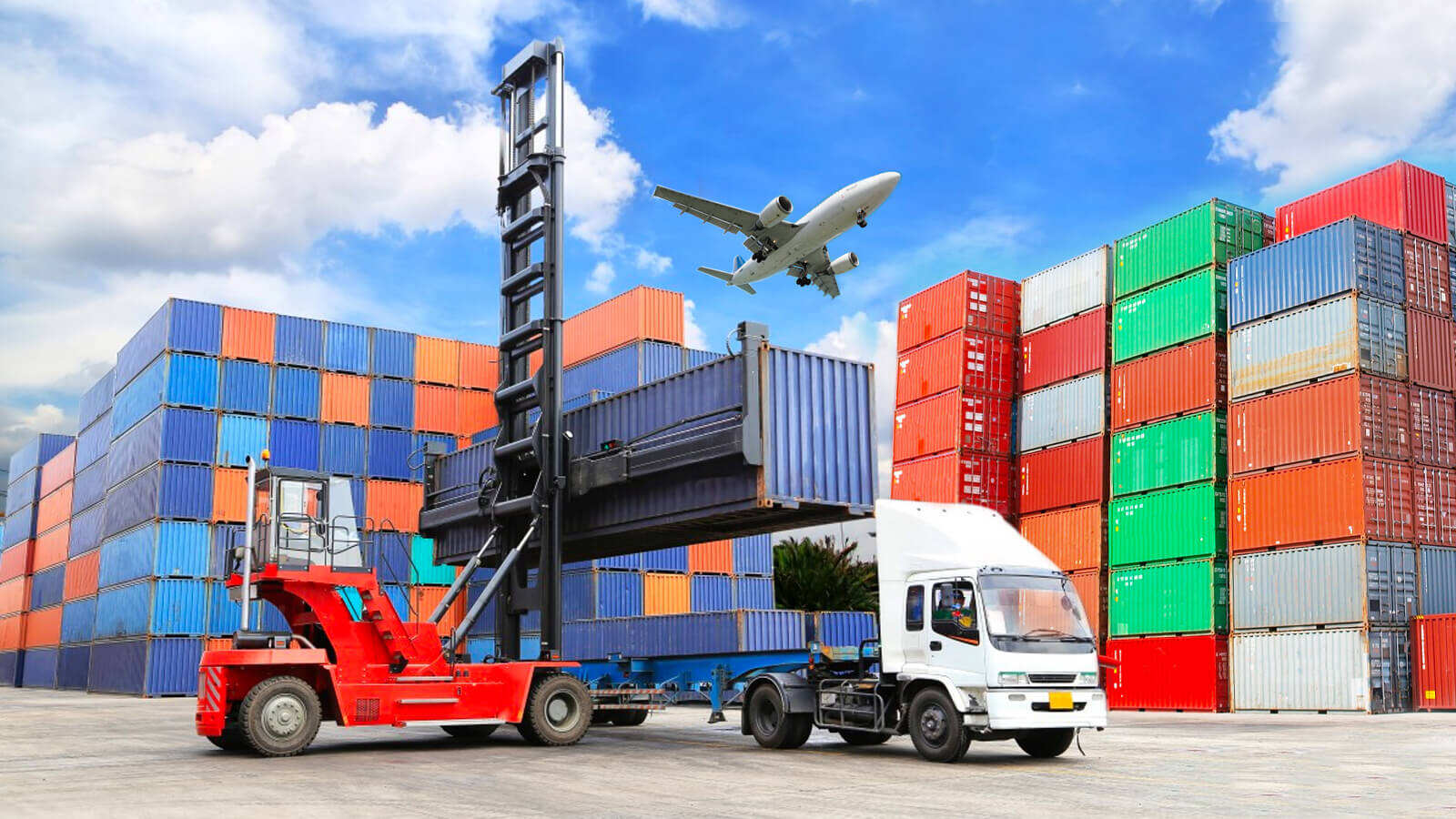საჰაერო გადაზიდვები საზღვაო გადაზიდვები
Ჰავაის ტრანსპორტი და ზღვის ტრანსპორტი წარმოადგენს ორი ძირითად სვეტს გლობალურ ლოჯისტიკისა და საქმიანობის მენეჯმენტში. ეს ტრანსპორტის ფორმები მუშაობენ ერთად, რათა მისახლელი კომერცია და სამართლიანობა ჩატრიანონ ყველა კონტინენტზე. ჰავაის ტრანსპორტი გთავაზობს სწრაფი ტრანსპორტირების ამოხსნებს ტრანსპორტირების სატვირთო მანქანებით და კომერციული ფრინველებით, რაც შესაძლებლობას გაძლევს ბიზნესებს სწრაფად გადააქვს დრო-სანამავლო ტოვარები დიდი მანძილებით. ეს მეთოდი განსაკუთრებით წარმატებულია მაღალი ღირებულების, გადაწყვეტილების და უახლოესი გამოსავლენის მართვაში. ზღვის ტრანსპორტი, საწინააღმდეგოდ, მუშაობს კონტეინერული გემების და სპეციალიზებული გემების მეშვეობით, გთავაზობს კოსტუმებული ამოხსნებს მასიური ტვირთის ტრანსპორტირებისთვის. მოდერნიზებული ზღვის ტრანსპორტი გამოიყენებს განვითარებულ სისტემებს ტრეკინგისთვის, სპეციალიზებულ კონტეინერებს და ეფექტურ პორტულ მოქმედებებს, რათა უზრუნველყოს მართვის მართვას. ეს ორი ფორმის ინტეგრაცია გადაცემს გლობალურ სამართლიანობას, სადაც სოფისტიკირებული ლოჯისტიკის ქსელები შეიძლება შეერთონ ჰავაის და ზღვის ვარიანტები, რათა მაქსიმალურად გაუმჯობინონ საქმიანობის ქსელები. ტექნოლოგია თამაშობს გარკვეულ როლს, რომელიც მართავს დიგიტალურ პლატფორმებს ჯავშანების მართვისთვის, ტრეკინგის მართვისთვის და მრავალფორმის ტრანსპორტირების კოორდინაციისთვის. ინდუსტრია გამოიყენებს სამოდერნო მანქანებს მანქანების მართვისთვის, ტემპერატურულად კონტროლირებულ კონტეინერებს და ავტომატიზებულ სისტემებს, რათა უზრუნველყოს ტვირთის სამართლიანობა და ეფექტურობა.


